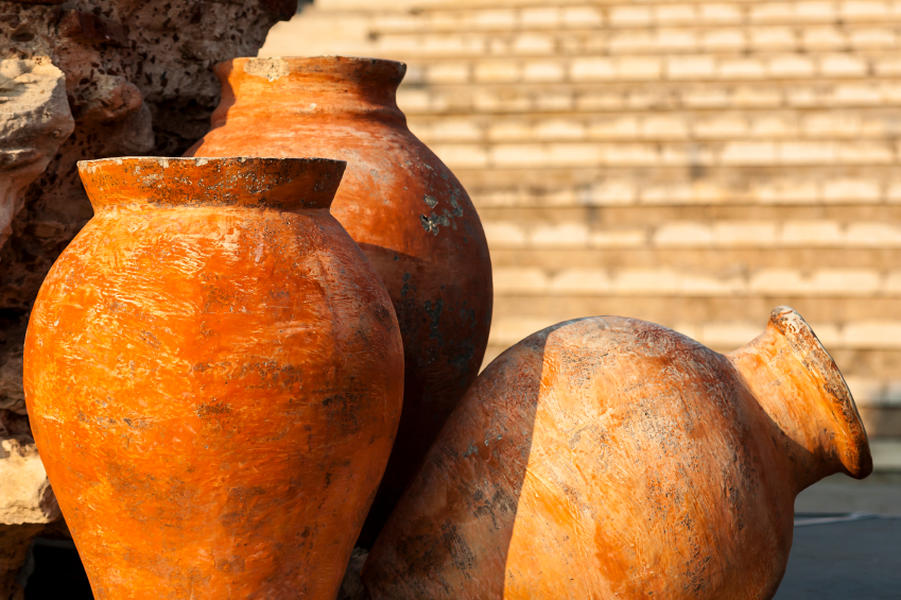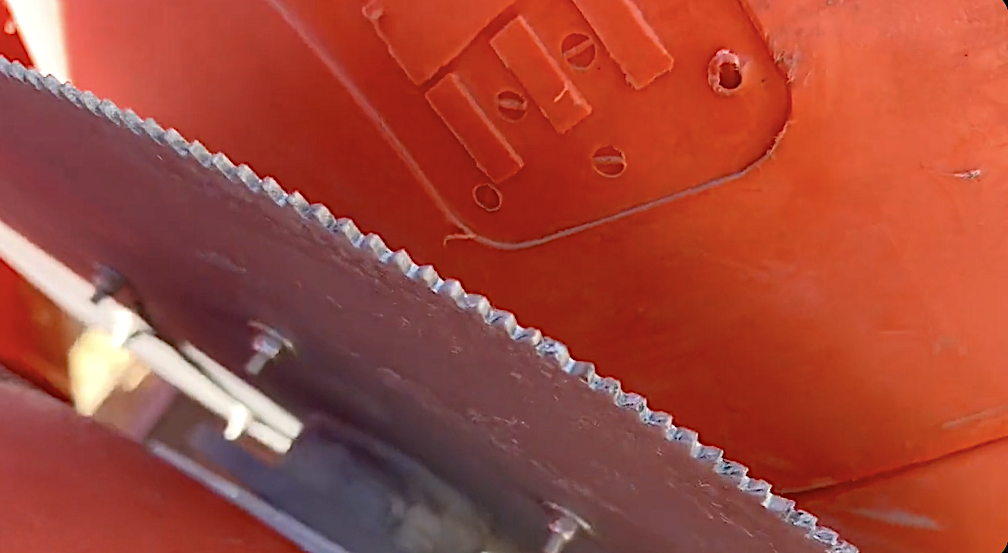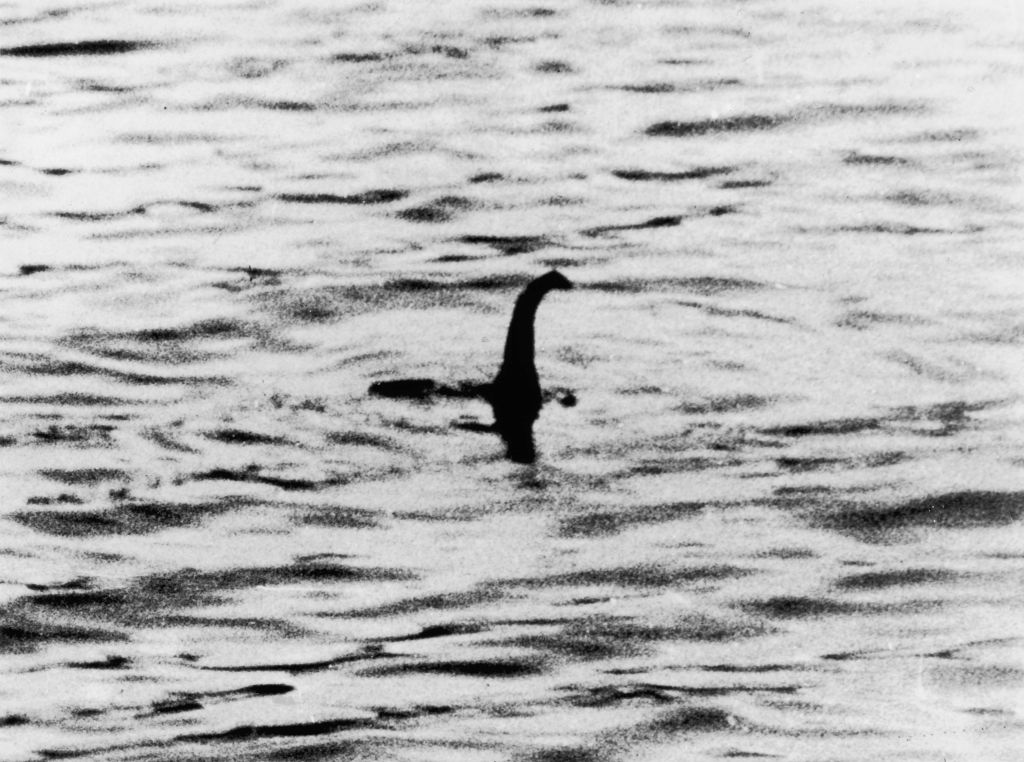German archaeologists have found the 'largest pottery workshop of Greek antiquity'


During a dig near Selinunte, Sicily, German archaeologists have found what is "the largest industrial quarter of the Greek world," according to Discovery News.
The pottery workshop used approximately 80 kilns in its production. One of the kilns is a full 17 feet in diameter, and the archaeologists think it may be the largest kiln used in ancient Greece.
Selinunte, or Selinus, as the Greeks called it, is on Sicily's southwest coast. Selinunte was known for its lavish temples before the Carthaginians destroyed the site in 409 B.C.E., during the first Punic War. The Selinunte pottery workshop, which the archaeologists estimate was established around 550 B.C.E., featured a courtyard for drying the ceramics, as well as two firing areas and a store to sell the pottery.
The Week
Escape your echo chamber. Get the facts behind the news, plus analysis from multiple perspectives.

Sign up for The Week's Free Newsletters
From our morning news briefing to a weekly Good News Newsletter, get the best of The Week delivered directly to your inbox.
From our morning news briefing to a weekly Good News Newsletter, get the best of The Week delivered directly to your inbox.
The archaeologists noted that during the mid-fifth century B.C.E., the Greek's pottery focus shifted from small, terra cotta statues to mass productions of roof tiles and vases. The excavation, led by Martin Bentz of the University of Bonn in conjunction with the German Archaeological Institute in Rome, is expected to continue through 2016.
A free daily email with the biggest news stories of the day – and the best features from TheWeek.com
Meghan DeMaria is a staff writer at TheWeek.com. She has previously worked for USA Today and Marie Claire.
-
 ‘Care fractures after birth’
‘Care fractures after birth’instant opinion Opinion, comment and editorials of the day
-
 Shots fired in the US-EU war over digital censorship
Shots fired in the US-EU war over digital censorshipIN THE SPOTLIGHT The Trump administration risks opening a dangerous new front in the battle of real-world consequences for online action
-
 What will the US economy look like in 2026?
What will the US economy look like in 2026?Today’s Big Question Wall Street is bullish, but uncertain
-
 Nobody seems surprised Wagner's Prigozhin died under suspicious circumstances
Nobody seems surprised Wagner's Prigozhin died under suspicious circumstancesSpeed Read
-
 Western mountain climbers allegedly left Pakistani porter to die on K2
Western mountain climbers allegedly left Pakistani porter to die on K2Speed Read
-
 'Circular saw blades' divide controversial Rio Grande buoys installed by Texas governor
'Circular saw blades' divide controversial Rio Grande buoys installed by Texas governorSpeed Read
-
 Los Angeles city workers stage 1-day walkout over labor conditions
Los Angeles city workers stage 1-day walkout over labor conditionsSpeed Read
-
 Mega Millions jackpot climbs to an estimated $1.55 billion
Mega Millions jackpot climbs to an estimated $1.55 billionSpeed Read
-
 Bangladesh dealing with worst dengue fever outbreak on record
Bangladesh dealing with worst dengue fever outbreak on recordSpeed Read
-
 Glacial outburst flooding in Juneau destroys homes
Glacial outburst flooding in Juneau destroys homesSpeed Read
-
 Scotland seeking 'monster hunters' to search for fabled Loch Ness creature
Scotland seeking 'monster hunters' to search for fabled Loch Ness creatureSpeed Read
